Data visualization has become an essential aspect of understanding and analyzing data, and Kibana by Elastic has emerged as a powerful tool in this realm. Among its impressive features, Canvas stands out, offering users a flexible and dynamic platform to craft visually stunning and interactive visualizations.
In this blog post, we’ll take a deep dive into the captivating world of Kibana Canvas, uncovering its vast capabilities and demonstrating how it can revolutionize your data visualization workflow.
Before going into details for the feature, here are some sample dashboard built with Kibana Canvas.
Financial Performance Canvas Dashboard

Digital Marketing Performance Canvas Dashboard

Web Traffic Analysis Canvas Dashboard

eCommerce Order Tracking Canvas Dashboard
![]()
We at Qavi Tech offer Elasticsearch consultancy and implementation services, which includes creating stunning dashboards with Kibana Canvas. Our elasticsearch consultancy services help our customer to quickly take benefits of the following Kibana Canvas capabilities.
-
-
Understanding Kibana Canvas:
- Introduce Kibana Canvas as a flexible and dynamic tool for crafting rich visualizations.
- Explain its role in transforming raw data into engaging narratives.
- Highlight its seamless integration within the Kibana ecosystem.
-
Creating Visual Stories:
- Explore the concept of visual storytelling and its importance in conveying complex information effectively.
- Showcase how Kibana Canvas empowers users to build interactive narratives that captivate audiences.
- Provide examples of different types of visualizations that can be created using Canvas, such as timelines, maps, and infographics.
-
Unleashing Creativity:
- Discuss the vast array of design elements and customization options available in Kibana Canvas.
- Highlight the flexibility of the tool, allowing users to leverage a variety of data sources, styles, and layouts.
- Provide tips and tricks for designing visually appealing and impactful visualizations.
-
Real-World Use Cases:
- Share real-world examples where Kibana Canvas has been successfully employed to unlock insights and drive decision-making.
- Illustrate how Canvas can be used across industries, such as marketing, finance, and healthcare.
- Discuss the benefits of using Canvas in terms of enhancing data-driven storytelling and collaboration within teams.
-
Advanced Techniques and Features:
- Explore advanced techniques for harnessing the full potential of Kibana Canvas.
- Discuss the utilization of advanced functions, formulas, and aggregations to create complex visualizations.
- Showcase the integration of scripted fields and custom expressions to achieve tailored and unique visualizations.
-
Best Practices for Effective Canvas Usage:
- Provide guidelines for optimizing Canvas usage, including data preparation, filtering, and optimization.
- Discuss strategies for maintaining performance when dealing with large datasets.
- Highlight ways to ensure visualizations are accessible and inclusive for all users.
-
Conclusion:
The canvas feature of Kibana opens up endless possibilities for creative expression in the field of data visualization. It empowers users to turn raw data into captivating narratives that resonate with their audience. With its robust features, customizable elements, and seamless integration within the Kibana ecosystem, Canvas is a game-changer for data professionals, analysts, and storytellers. By embracing Kibana Canvas, you have the power to revolutionize your data visualization workflow and deliver captivating insights that leave a lasting impact on your audience.


